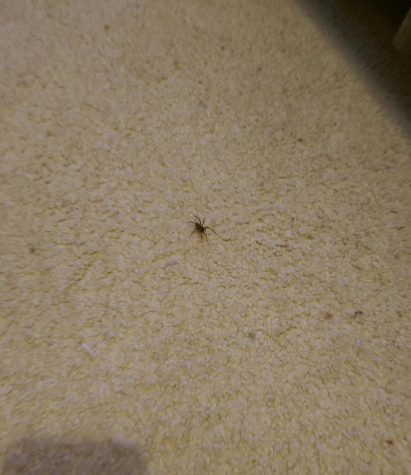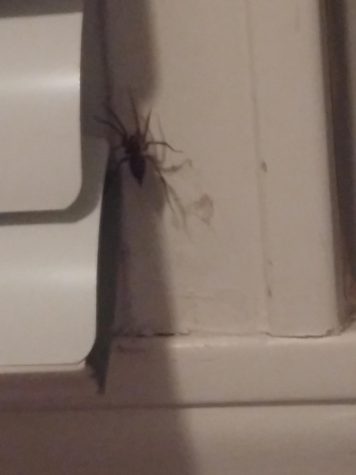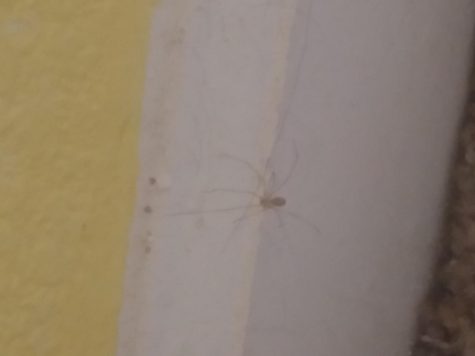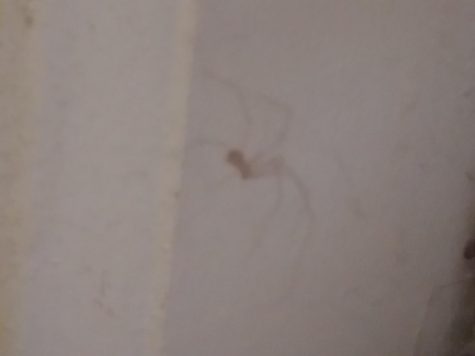Science Behind Spiderman
November 21, 2022
Disclaimer: When I ask, “is Spider-Man scientifically possible,” I mean the part of Spider-Man’s character where Peter Parker, a high school student, is able to create his “Web- Fluid,“ not the whole getting bit by a “radio-active” spider and gaining the abilities he has.
According to Prion, a typical spider’s webbing is made up of proteins that contain hydrophobic and nonpolar amino acids such as the glycine, alanine, and occasionally a slight amount of tryptophan, serine, glutamine, leucine, valine, and proline, as well as tyrosine and arginine. Spidersilk also contains spidroin 1 and 2: however, those do not share the same amount of tyrosine and proline.
People have already been working on synthetic spider silk. For example, a youtuber posting under the name of The Thought Emporium, has created an artificial spider silk using yeast. To sum up his video, he tricks yeast DNA into allowing his custom created DNA into its genomes. However, he ran into several issues trying to make his yeast produce spider silk. Some problems include, not being able to preserve the collected DNA, he had trouble copying DNA, and he incorrectly copied peptide sequences in the wrong order, plus the pistia he used refuses to take DNA. In the end, he overcomes a majority of his problems by revising his work and seeking help from other biochemists, and taking his time with his work to see to every little detail so his experiment is conducted with the best results possible.
A team of engineers have designed a lab-made silk; the resulting material is stronger and more durable than most natural spider silk. This artificial silk, called “Polymeric amyloid fiber” was not created by the researchers themselves, but by a bacteria that was genetically engineered in Professor Fuzhong Zhang’s lab in McKelvey School of Engineering at Washington University in St. Louis.
In 2018, Zhang engineered bacteria that produced a spider silk that was similar to the natural spider’s webbing. They went further with their research and changed the sequences of amino acids they used, mixing old properties with newer properties.
As stated by Futurity, one of their problems occurred when they needed to create nanocrystals that are a main component in natural webbing. Their answer? Remaking their silk sequence, by adding in amyloid sequences that were already high in the nanocrystals. The longer the protein they used, the stronger the fiber produced would be for them. Their resulting 128-repeating proteins created a fiber that was stronger than common steel, just like real spiderwebs.
Human beings in the near future based on this research will have the ability to mimic animals abilities, like they have already mimicked spider webs and the way some animals look to create vehicles like birds with aircrafts. However, unlike Peter’s ability to do such projects on his own, I suspect it will take large groups to accomplish such goals.







